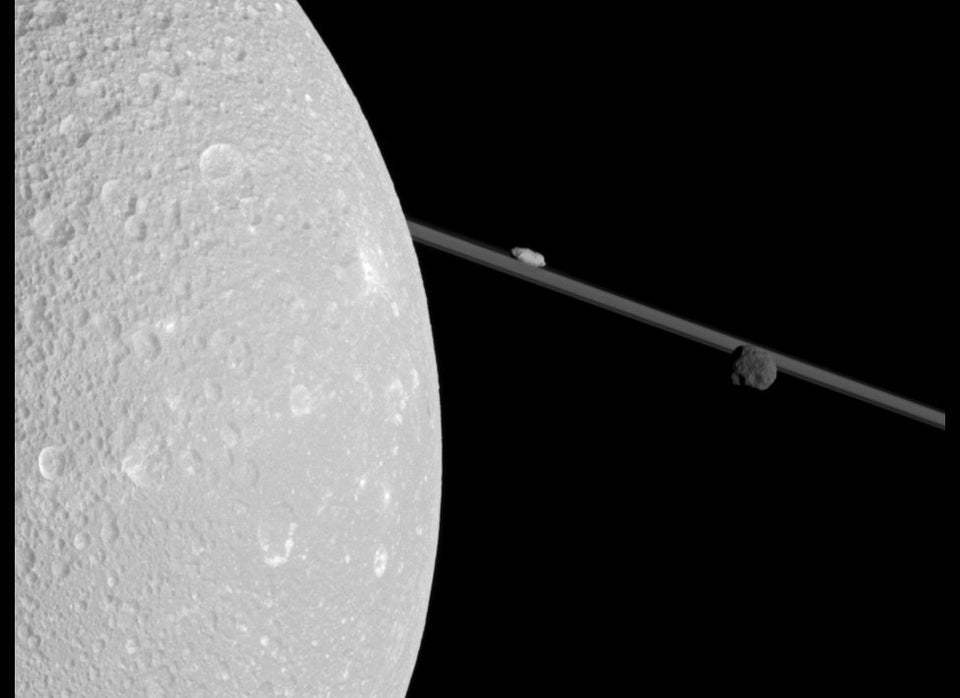Earlier this autumn, an asteroid named ’Oumuamua captured the attention of the scientific world when it was confirmed as the first known object from outside the solar system. Now, Breakthrough Listen wants to see if it’s the first sign of life beyond our planet.
On Wednesday, the $100 million project to detect potential evidence of extraterrestrials plans to use the Robert C. Byrd Green Bank Telescope in West Virginia to observe the asteroid across four radio bands for 10 hours.
“Most likely it is of natural origin, but because it is so peculiar, we would like to check if it has any sign of artificial origin, such as radio emissions,” Avi Loeb, professor of astronomy at Harvard University and an adviser to Breakthrough Listen, told The Guardian. “If we do detect a signal that appears artificial in origin, we’ll know immediately.”
According to a news release, it will take less than a minute to detect a transmitter with the power of a cellphone.
“We don’t want to be sensational in any way, and we are very realistic about the chances this is artificial,” Yuri Milner, the Silicon Valley billionaire behind the Breakthrough Initiatives, told Scientific American. “But because this is a unique situation, we think mankind can afford 10 hours of observing time using the best equipment on the planet to check a low-probability hypothesis.”
’Oumuamua’s unusual cigar shape ― 10 times longer than it is wide ― was also “the most likely architecture for an interstellar spacecraft since this would minimize friction and damage from interstellar gas and dust,” the organization said. However, “a natural origin is more likely.”
Originally classified as a comet, ’Oumuamua showed no comet-like activity after passing the sun, which caused astronomers to reclassify it as an “interstellar asteroid.”
“We also found that it had a reddish color, similar to objects in the outer solar system, and confirmed that it is completely inert, without the faintest hint of dust around it,” Karen Meech of the Institute for Astronomy in Hawaii said in a NASA news release.
Meech, who is the leader of the team that discovered ’Oumuamua, told The New York Times last month that “our observations are entirely consistent with it being a natural object.”
NASA also noted:
“Preliminary orbital calculations suggest that the object came from the approximate direction of the bright star Vega, in the northern constellation of Lyra. However, it took so long for the interstellar object to make the journey ― even at the speed of about 59,000 miles per hour (26.4 kilometers per second) ― that Vega was not near that position when the asteroid was there about 300,000 years ago.”
The object, which passed Earth at roughly 85 times the distance of the moon, will pass Jupiter next year and Saturn the following year before leaving the solar system and heading toward the constellation Pegasus.
’Oumuamua is a Hawaiian word meaning “a messenger from afar arriving first.”

